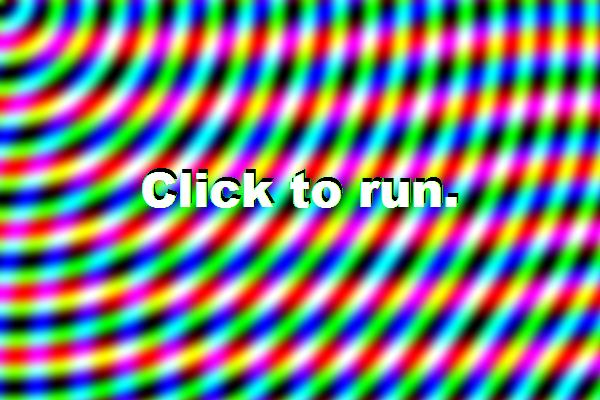[processing width=”500″ height=”500″ file=”https://benvancitters.com/wp-content/uploads/2011/05/hairdryer.jar” method=”onclick”] [/processing]
[/processing]
I’ve been pretty busy lately working a new job with Amazon.com and doing some audio-visual stuff for a concert tour with Christian Peterson from the design studio Dumb Eyes and I haven’t had much time to update my site. Today, however, I finally got around to making my hairdryer sim. It’s an idea that I had when I first got started working on my “Grass” program last year.
Both programs make use of a lot of the same code. The grass blades are just slightly altered versions of the hairs in this program.
 [/processing]
[/processing] [/processing]
[/processing]